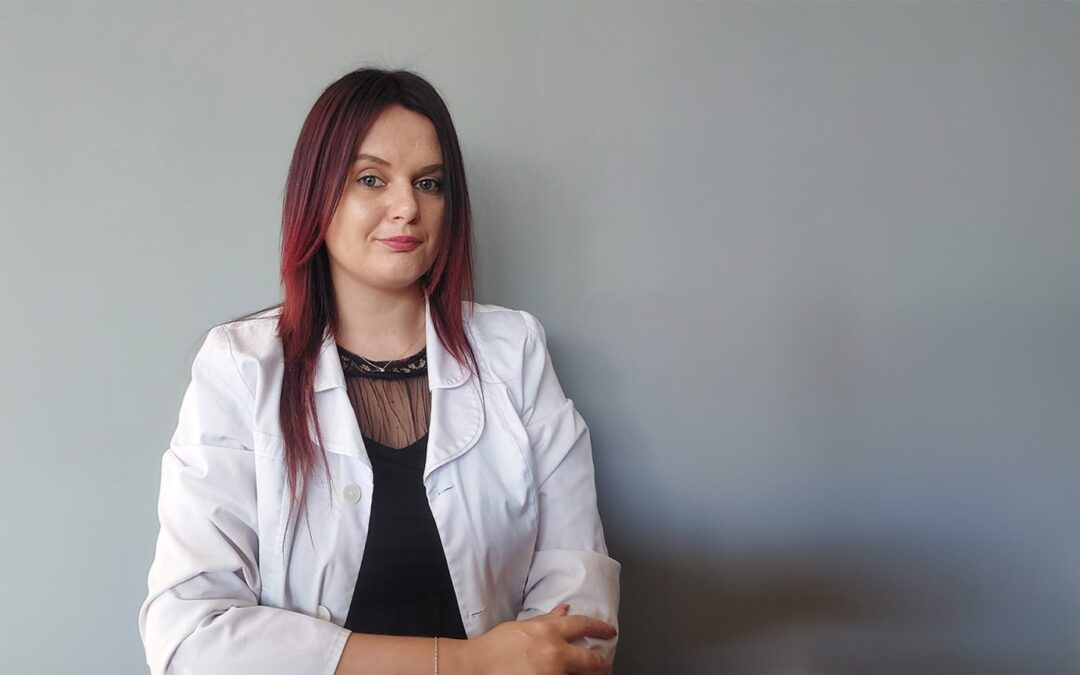
When people hear the term “bronchial asthma,” many imagine difficulty breathing, shortness of breath, and inhalers used to administer medication. However, the image painted by the Global Initiative for Asthma (GINA)—the organization behind World Asthma Day, marked annually on the first Tuesday of May—is far from complete.
This chronic inflammatory disease of the bronchial tubes is among the most common chronic conditions globally. According to the World Health Organization (WHO), 262 million people worldwide suffer from bronchial asthma, and the disease claims over 450,000 lives each year. In Lithuania, around 55,000 adults are affected.
Pulmonologist Dr. Gabrielė Čepulytė-Višinskienė also notes a growing prevalence of asthma.
How Asthma Manifests
The doctor explains that asthma is characterized by recurring bronchial hypersensitivity and temporary narrowing of the airways. The symptoms are relatively easy to recognize: wheezing, shortness of breath—even at rest—coughing, and chest tightness. Sometimes these symptoms subside on their own, while in other cases, treatment is needed.
“In adults, asthma is diagnosed when bronchial obstruction is confirmed at least once, usually through spirometry testing,” explains Dr. Čepulytė-Višinskienė.
Spirometry assesses how well the lungs inhale and exhale air. The patient blows into a spirometer, which measures both the total volume of air expelled and the flow rate. Typically, the test is performed by a pulmonologist, though in cases of allergic asthma, it may also be done by an allergist or clinical immunologist.
For infants and young children, diagnosis is based on medical history and clinical and laboratory findings, as spirometry results may not be reliable at such a young age.
“Once bronchial asthma is diagnosed, a follow-up visit is typically scheduled within 1 to 3 months. Depending on the severity of the condition, subsequent visits to the specialist are recommended once or twice a year, or more frequently if symptoms worsen,” the specialist adds.
According to her, asthma can begin at any age, but is most commonly diagnosed in childhood or adolescence. Triggers include polluted air, physical exertion, intense emotions, alcohol, smoking, various allergens, and even medications. Often, the exact trigger cannot be identified.
A Lifelong Condition
“Bronchial asthma is a chronic illness, meaning most patients live with it for life and must take medications continuously,” emphasizes Dr. Čepulytė-Višinskienė.
This ongoing treatment is often the root of common issues faced by asthma sufferers: symptoms may be poorly controlled. The doctor stresses that optimal treatment outcomes depend on close cooperation between the patient and the healthcare provider, along with strict adherence to the prescribed treatment regimen.
The cornerstone of asthma therapy is inhaled anti-inflammatory medications. During flare-ups, hospitalization may be necessary. While asthma cannot be cured, proper treatment can keep it under control.
As the doctor explains, those with asthma may experience difficulties during physical activity or while sleeping. It’s recommended that they carry bronchodilator medications to manage potential attacks. Additionally, it’s crucial to inform educational institutions about a child’s condition and how to respond during an asthma attack.
Access to Modern Treatments
Dr. Čepulytė-Višinskienė highlights that in Lithuania, patients with bronchial asthma have access to advanced treatment options, including biological therapy. This method is recommended for patients with moderate or severe uncontrolled asthma.
Biological therapy involves creating a personalized treatment plan and administering medication via injections, usually every few weeks.
nitially, patients receiving biological treatment are monitored every four weeks. After 16 weeks, the effectiveness of the therapy is assessed. If treatment continues, follow-up visits with the prescribing physician are required at least every six months.
What to Do During an Asthma Attack
At the onset of an asthma attack, it is essential to stay calm: stop what you’re doing, sit comfortably, and breathe slowly—inhaling through the nose and exhaling through pursed lips.
Then, use your inhaler. If there is no improvement within 1–2 minutes, take another dose. If the inhaler is still ineffective, emergency medical help must be called immediately.
Seek urgent medical assistance if the person is unable to speak in full sentences, has blue lips or face, feels weak, or loses consciousness.
